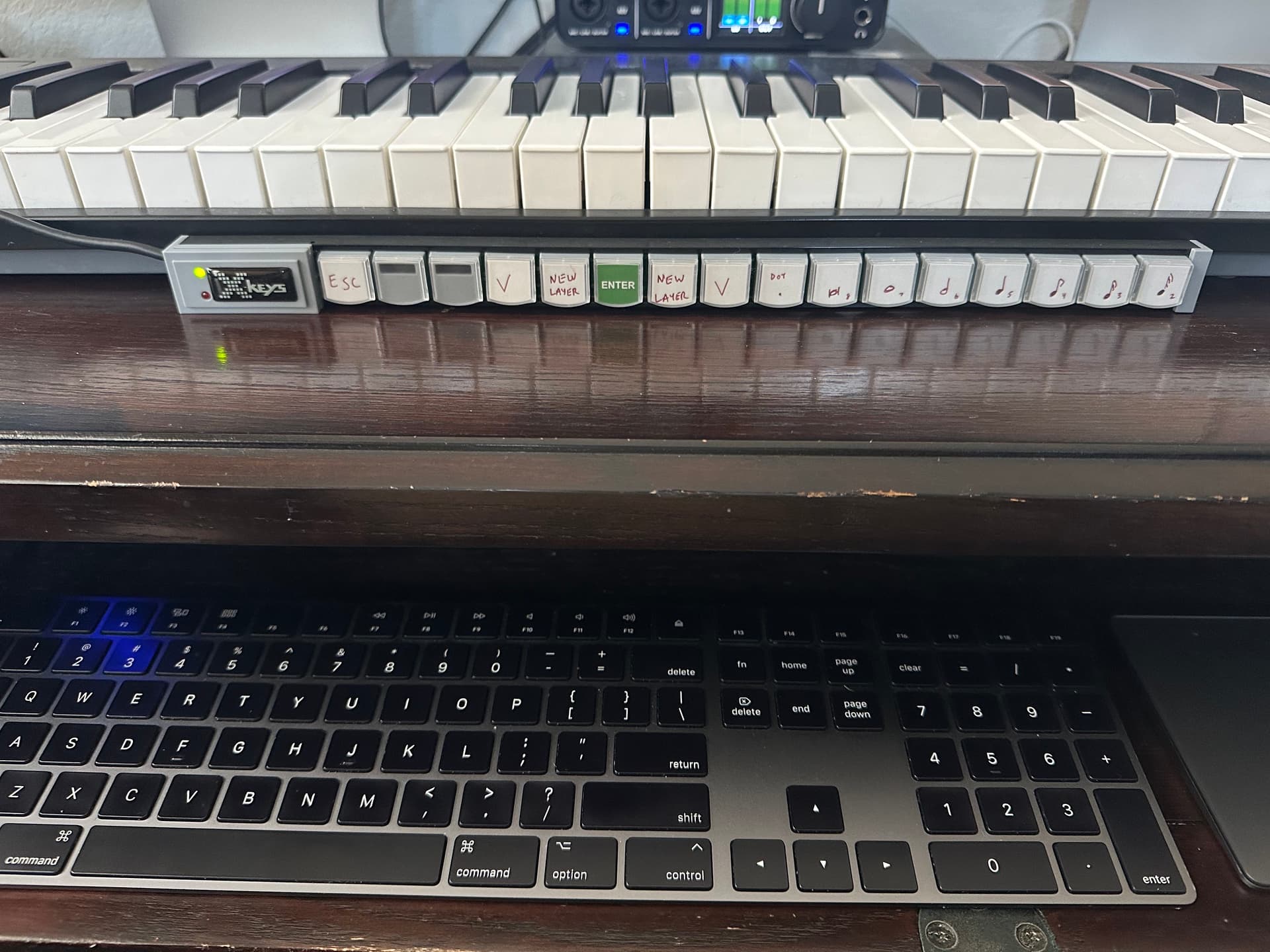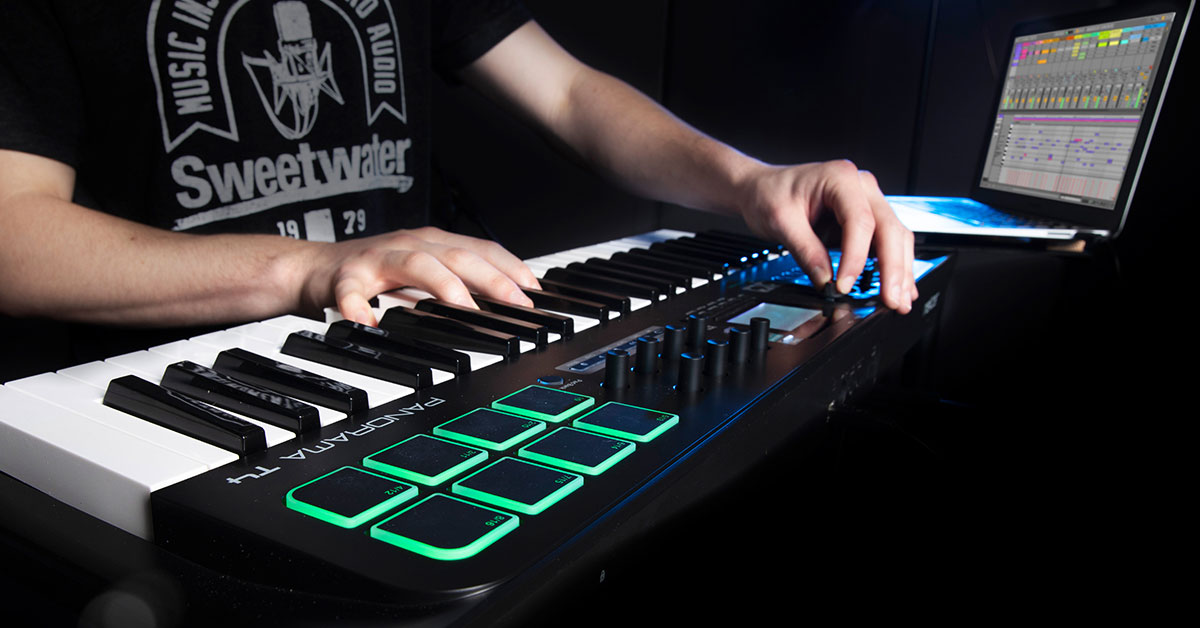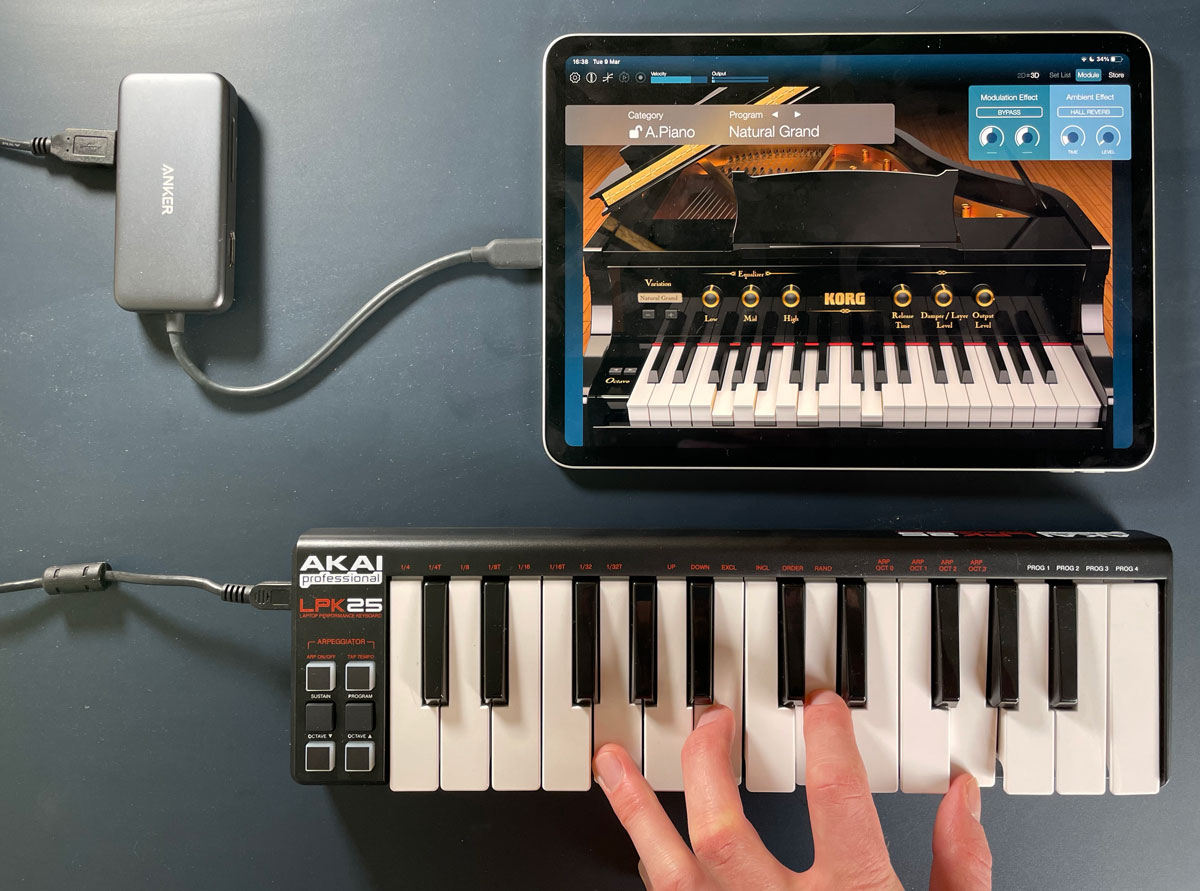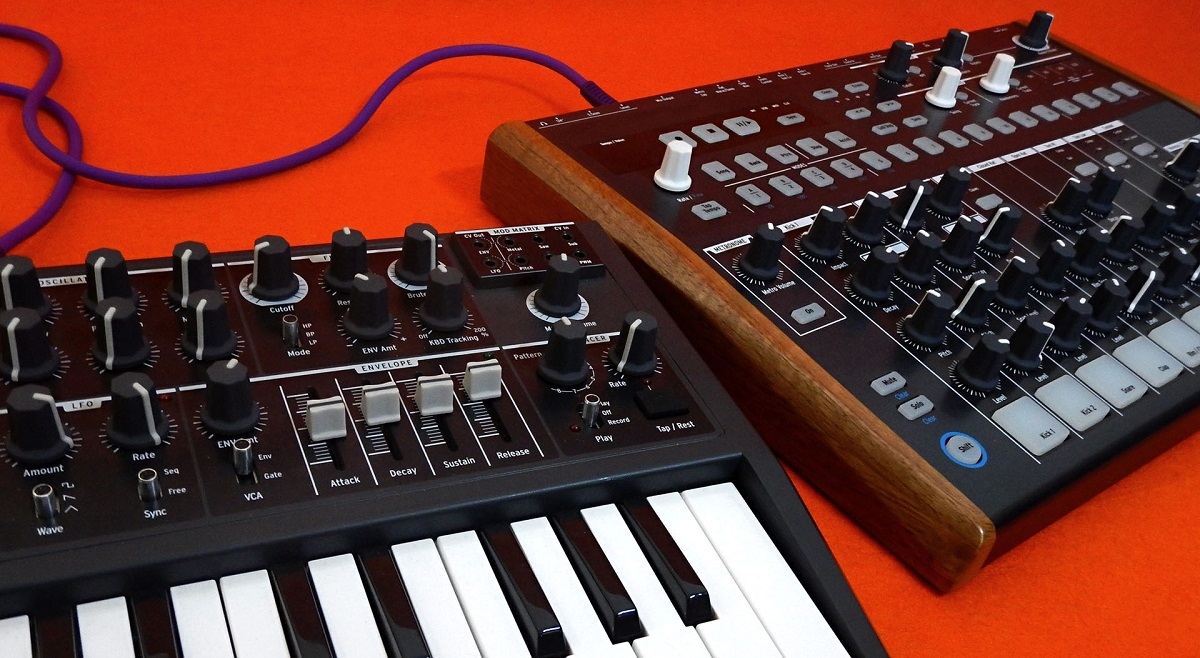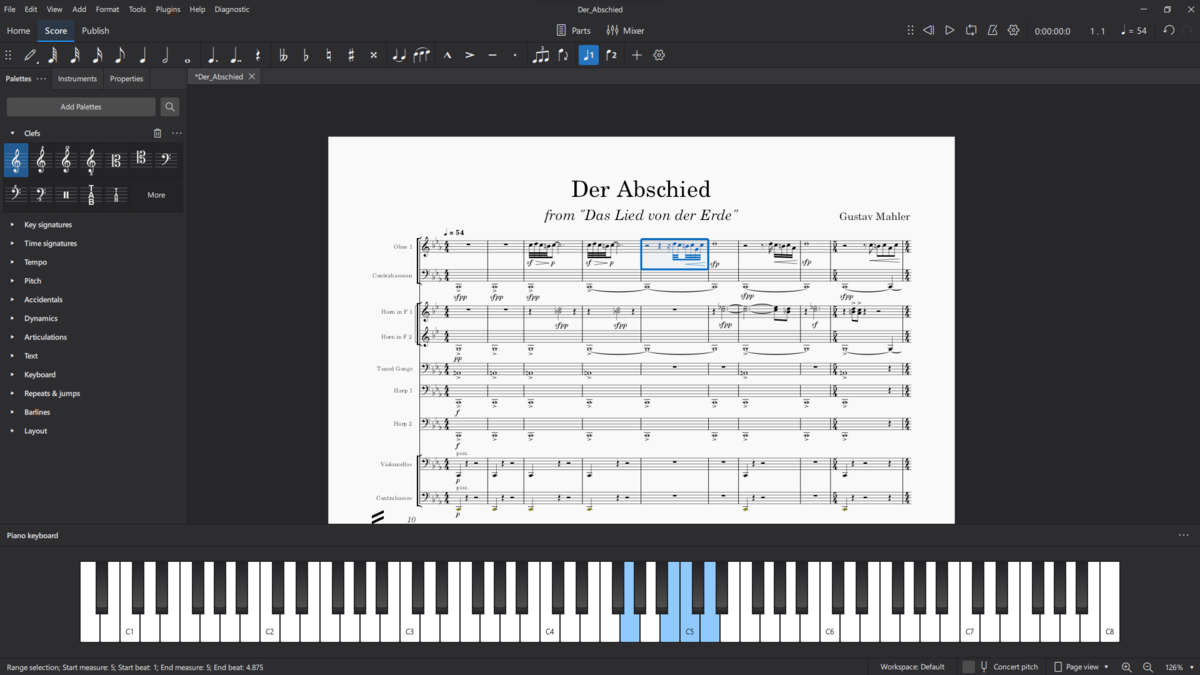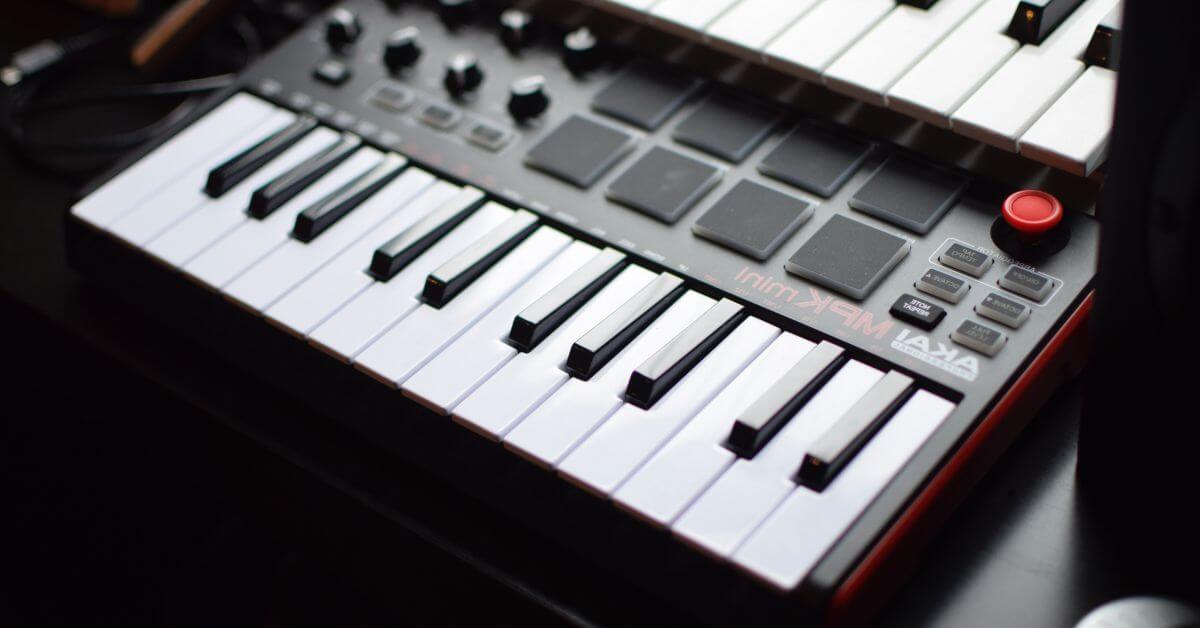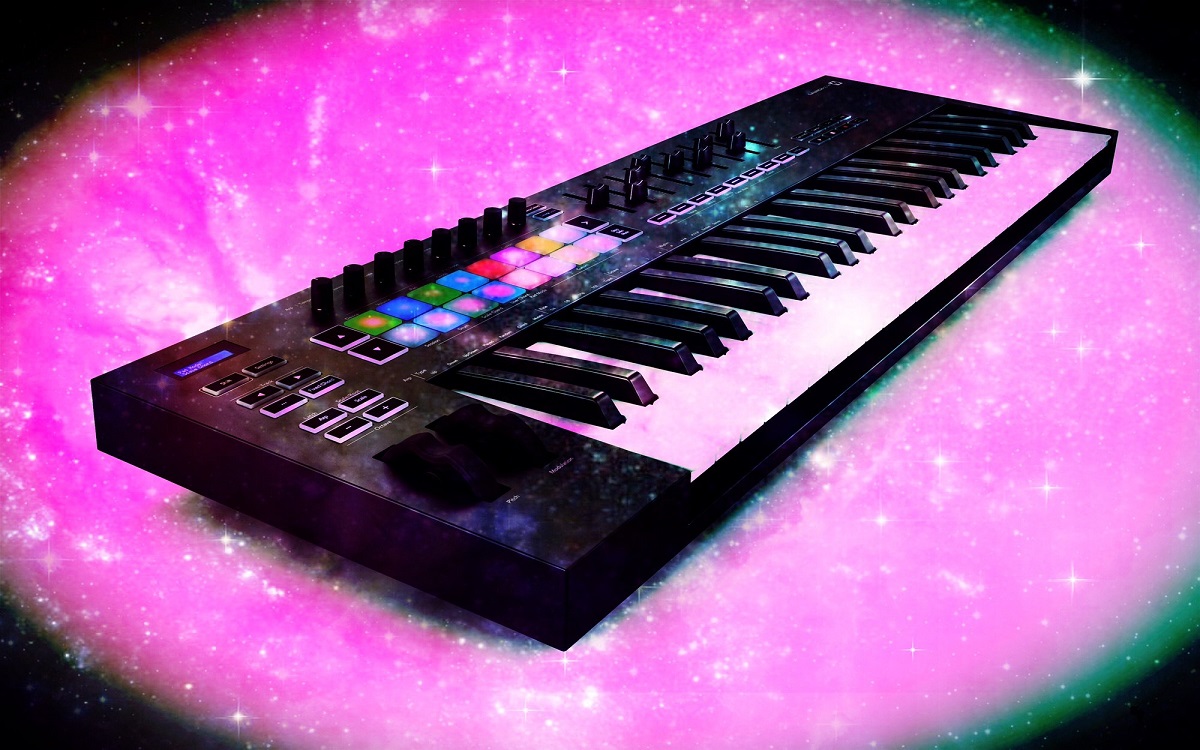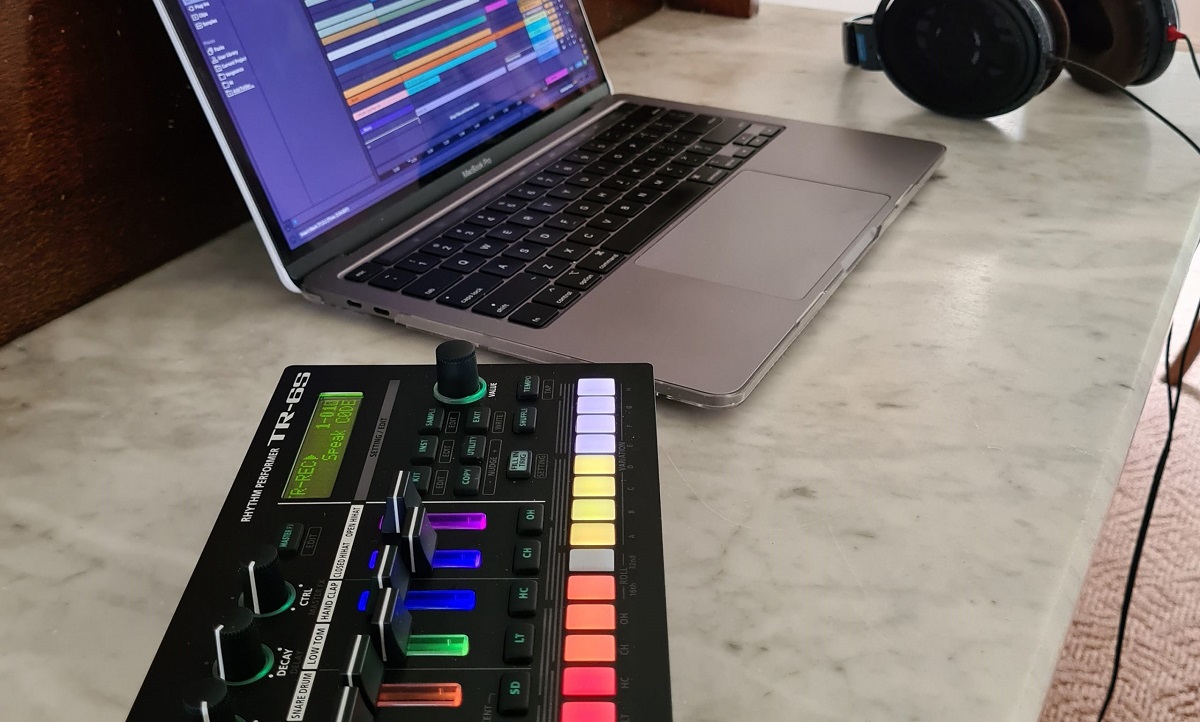Introduction
Introduction
Writing music is a creative and rewarding endeavor, and with the advancement of technology, composing music has become more accessible than ever. Finale, a powerful music notation software, provides a platform for musicians to notate their compositions with precision and clarity. By integrating a MIDI keyboard into the music-writing process, composers can seamlessly translate their musical ideas into digital notation. This article aims to guide musicians through the process of writing music in Finale using a MIDI keyboard, offering valuable insights and tips for an efficient and enjoyable music-writing experience.
Whether you are a seasoned composer or a budding musician, utilizing a MIDI keyboard with Finale can significantly enhance your workflow and unleash your creativity. With the ability to capture nuances in performance and expressiveness, a MIDI keyboard serves as an invaluable tool for translating musical concepts into a digital format. By understanding the intricacies of setting up Finale with a MIDI keyboard and utilizing its features to streamline the music-writing process, composers can bring their musical visions to life with unparalleled precision and artistry.
In the following sections, we will delve into the essential steps for setting up Finale with a MIDI keyboard and explore techniques for writing music efficiently. Additionally, we will provide practical tips and best practices to empower composers in harnessing the full potential of Finale and a MIDI keyboard. Whether you aspire to compose intricate orchestral arrangements or captivating melodies, the combination of Finale and a MIDI keyboard offers a versatile and dynamic platform for realizing your musical aspirations. Let's embark on this musical journey and unlock the boundless possibilities of composing with Finale through a MIDI keyboard.
Setting up Finale with a MIDI Keyboard
Setting up Finale with a MIDI Keyboard
Before delving into the creative process of music composition, it is crucial to ensure a seamless integration of your MIDI keyboard with Finale. This initial setup lays the foundation for a productive and intuitive music-writing environment, allowing you to focus on translating your musical ideas into notation without technical hindrances. Here are the essential steps to set up Finale with a MIDI keyboard:
- Connecting the MIDI Keyboard: Begin by connecting your MIDI keyboard to your computer using a USB cable or MIDI interface. Ensure that the keyboard is powered on and recognized by your operating system. Modern MIDI keyboards often feature plug-and-play functionality, simplifying the connection process.
- Configuring MIDI Input in Finale: Launch Finale and navigate to the MIDI/Audio menu. Select “Device Setup” or a similar option to access the MIDI input settings. Choose your MIDI keyboard from the list of available input devices and ensure that it is properly recognized by Finale. This step establishes the communication between your keyboard and the software, enabling real-time input of musical data.
- Mapping MIDI Controls (Optional): Depending on the capabilities of your MIDI keyboard, you may have the option to map specific controls, such as modulation wheels, pitch bend wheels, and assignable knobs, to various parameters within Finale. This customization can enhance your workflow and facilitate expressive input during music composition.
- Testing MIDI Input: To verify that your MIDI keyboard is successfully integrated with Finale, create a new music document and attempt to input notes using the keyboard. Ensure that the note input corresponds accurately to your performance on the MIDI keyboard. If any discrepancies arise, revisit the MIDI input settings in Finale to troubleshoot potential issues.
By following these steps, you can establish a seamless connection between your MIDI keyboard and Finale, setting the stage for a fluid and intuitive music-writing experience. The integration of a MIDI keyboard empowers composers to capture the nuances of their musical expression with precision, ultimately enhancing the authenticity and emotive depth of their compositions.
Writing Music in Finale using a MIDI Keyboard
Writing Music in Finale using a MIDI Keyboard
Once the MIDI keyboard is successfully integrated with Finale, composers can embark on the creative process of writing music with seamless input capabilities. The synergy between the tactile nature of a MIDI keyboard and the precision of music notation software empowers musicians to translate their musical ideas into digital scores with unparalleled fluidity and expressiveness. Here are the key steps for writing music in Finale using a MIDI keyboard:
- Real-time Note Input: With the MIDI keyboard connected and configured in Finale, composers can input musical notes in real time, mirroring their performances directly onto the digital score. This intuitive input method allows for natural expression and fluidity, capturing the nuances of musical phrasing and dynamics with remarkable accuracy.
- Utilizing MIDI Controllers: MIDI keyboards often feature built-in controllers, such as modulation wheels and sustain pedals, which can be utilized to imbue the music with expressive elements. Composers can leverage these controllers to manipulate dynamics, articulations, and other musical nuances, adding depth and emotion to their compositions.
- Quantization and Editing: After inputting musical passages, composers can utilize Finale’s quantization features to align and refine the timing of notes, ensuring rhythmic accuracy and consistency. Additionally, the software provides comprehensive editing tools for refining notation, adjusting articulations, and fine-tuning musical details to achieve the desired musical expression.
- Exploring Instrument Libraries: Finale offers a rich selection of instrument libraries and sound libraries, allowing composers to explore diverse musical timbres and orchestral textures. By integrating MIDI keyboard input with these instrument libraries, composers can audition and arrange musical passages with lifelike instrument sounds, enhancing the compositional process.
Writing music in Finale using a MIDI keyboard transcends the conventional approach to music notation, offering a dynamic and interactive workflow that resonates with the artistry of musical performance. The seamless integration of tactile input and digital notation empowers composers to capture the essence of their musical vision with precision and authenticity, fostering a deeply immersive and expressive music-writing experience.
Tips for Efficient Music Writing
Tips for Efficient Music Writing
Efficiency in music writing is paramount, allowing composers to channel their creativity without impediments and streamline the realization of their musical concepts. When utilizing Finale with a MIDI keyboard, incorporating efficient practices can significantly enhance the compositional process and elevate the quality of musical output. Here are valuable tips for efficient music writing using Finale and a MIDI keyboard:
- Customize Keyboard Shortcuts: Familiarize yourself with Finale’s keyboard shortcuts and consider customizing them to align with your workflow. Efficient use of shortcuts can expedite note input, navigation, and editing tasks, enabling swift and intuitive interaction with the software.
- Utilize MIDI Templates: Create and utilize MIDI templates within Finale to streamline the setup of instrument configurations, controller assignments, and preferred notation settings. Templates provide a standardized starting point for compositions, saving time and ensuring consistency across musical projects.
- Explore MIDI Quantization Options: Experiment with Finale’s MIDI quantization options to refine the rhythmic accuracy of recorded performances. Customizing quantization parameters can enhance the groove and precision of musical passages while preserving the expressive nuances of the original performances.
- Employ MIDI HyperScribe: Leverage Finale’s MIDI HyperScribe feature to automatically transcribe MIDI performances into notation. This powerful tool accelerates the process of capturing musical ideas from the MIDI keyboard, allowing for rapid transcription and further refinement within the notation software.
- Integrate MIDI Playback and Notation: Take advantage of Finale’s MIDI playback functionality to audition compositions in real time, leveraging the expressive capabilities of the MIDI keyboard to inform and refine the notated score. The seamless integration of MIDI input and playback fosters a dynamic and iterative approach to music composition.
By implementing these tips, composers can optimize their workflow, harness the full potential of Finale and a MIDI keyboard, and elevate the efficiency and artistry of their music writing endeavors. Embracing these practices fosters a seamless and productive creative environment, empowering composers to focus on the essence of their musical vision and bring it to fruition with precision and creativity.
Conclusion
Conclusion
Embarking on the journey of music composition with Finale through the integration of a MIDI keyboard opens a realm of creative possibilities for composers of all levels. The seamless synergy between tactile input and digital notation empowers musicians to capture the essence of their musical expressions with precision, authenticity, and emotive depth. As we conclude our exploration of writing music in Finale using a MIDI keyboard, it is evident that this dynamic combination transcends traditional approaches to music notation, fostering a deeply immersive and expressive music-writing experience.
From the initial setup of Finale with a MIDI keyboard to the real-time input of musical notes and the exploration of efficient writing practices, composers are equipped with a versatile toolkit to articulate their musical visions with unparalleled fluidity and artistry. The integration of MIDI controllers, instrument libraries, and customizable workflows within Finale amplifies the creative potential, allowing composers to sculpt intricate compositions and evoke profound emotions through their music.
Furthermore, the utilization of efficient practices, such as customizing keyboard shortcuts, leveraging MIDI templates, and integrating MIDI playback and notation, enhances the workflow’s efficiency, enabling composers to channel their creativity without impediments and streamline the realization of their musical concepts. The amalgamation of technology and artistic expression within the realm of music composition exemplifies the boundless capabilities and transformative impact of leveraging Finale with a MIDI keyboard.
As composers continue to harness the power of technology to manifest their musical aspirations, the integration of a MIDI keyboard with Finale stands as a testament to the harmonious convergence of innovation and artistry. This harmonious convergence not only enriches the music composition process but also nurtures a profound connection between composers and their creations, fostering a deeply immersive and expressive music-writing experience.
In essence, the amalgamation of Finale and a MIDI keyboard transcends the conventional boundaries of music notation, offering a dynamic and interactive platform for composers to translate their musical ideas into captivating scores, imbued with the nuances of human expression. As musicians continue to explore the possibilities afforded by this transformative integration, the art of music composition evolves, embracing a harmonious blend of tradition and innovation, precision and emotive depth, to create compositions that resonate with audiences on a profound and visceral level.







